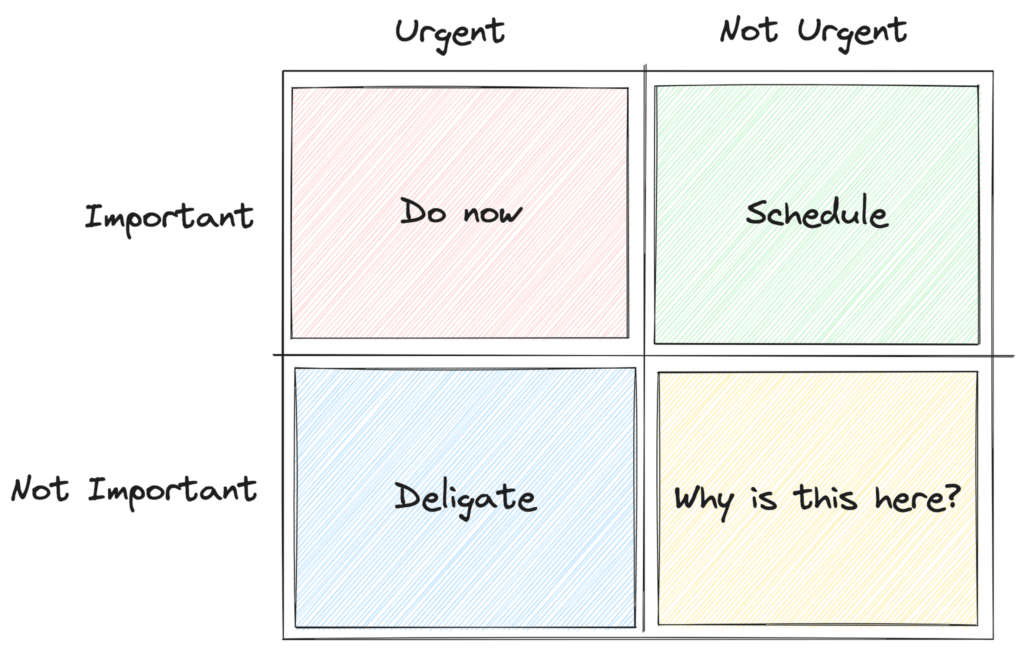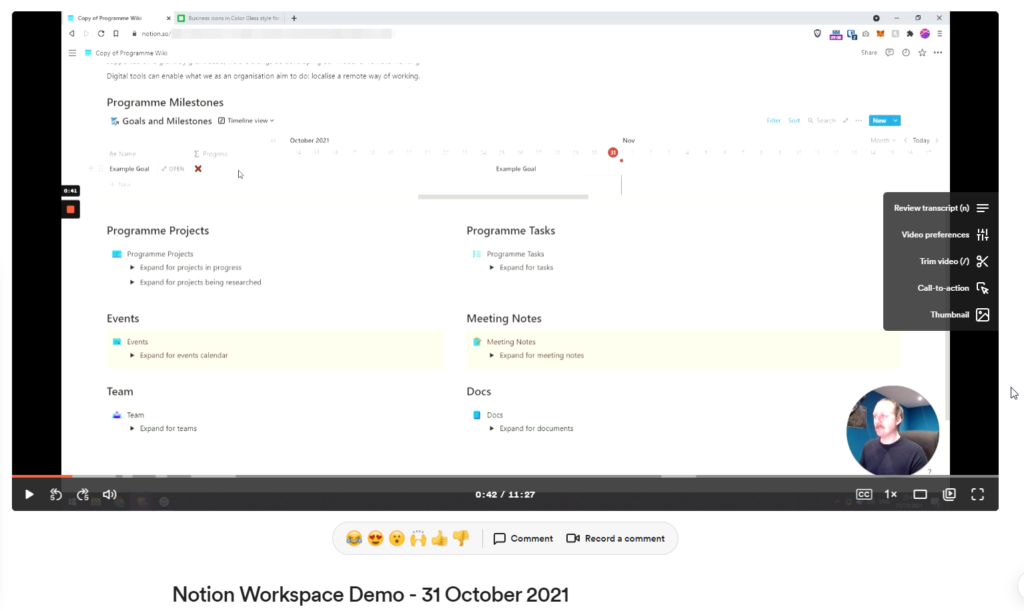Last week, we did a deep dive into my second brain. If you'd like to watch the walkthrough, you can check it out here: Inside My Second Brain: A Tour of Obsidian
🥩 Beware of the assumption
I think about the quote above quite often. While it's not a great idea to always be switching apps and ways of working, it's also not great to keep doing something the same way just because that's the way you've always done it.
In keeping with this quote, I've gone in search of different productivity frameworks and wanted to share some of them with you. Some of them you might have heard of before, others might be brand new to you.
Introducing: productivity systems from around the world 🌎
POMODORO TECHNIQUE (ITALY 🇮🇹)
This technique was developed by Francesco Cirillo in the late 1980s. It involves breaking your work into 25-minute intervals (called "Pomodoros," Italian for "tomatoes") separated by short breaks.
Why tomatoes? Francesco used the tomato-shaped timer in university to help focus on his work 🍅 After four Pomodoros, you take a longer break. The technique is supposed to encourage focus and help to prevent burnout.
KAIZEN (JAPAN 🇯🇵)
This originated as a Japanese business practice. It comes from two words: "kai" (改), which means "change," and "zen" (善), which means "good."
It focuses on continuous improvement. I like the idea that it puts an emphasis on slow, ongoing, and incremental progress.
GTD (USA 🇺🇸)
This methodology was created by productivity consultant called David Allen. Getting Things Done is about getting tasks out of your mind and into a system that tracks them for you.
A clear mind means more tasks done and less stress.
EISENHOWER MATRIX (USA 🇺🇸)
Named after Dwight D. Eisenhower, this technique involves putting tasks into four boxes based on their urgency and importance. It should make it more obvious which tasks to do first.

SEIRI-SEITON-SEISO-SEIKETSU-SHITSUKE (5S – JAPAN 🇯🇵)
This Japanese technique is based around waste reduction, order, and efficiency. It has five principles: sort (seiri), set in order (seiton), shine or clean (seiso), standardise (seiketsu), and sustain (shitsuke).
FIKA (SWEDEN 🇸🇪)
This isn't a traditional productivity technique as we'd normally think of it. It's actually a social break for a coffee and a chat ☕️
We all need a break, and Fika is all about the balance between productivity and well-being.
DON'T BREAK THE CHAIN (USA 🇺🇸)
This is the 'Seinfeld Strategy'. Have a big goal you want to achieve and have a big year view calendar to hang on the wall.
Each day, do a task that gets you closer to your big goal. Then mark it off on your calendar with a cross. You'll visually see the chain of crosses get longer and won't want to break it. You'll also be getting closer to your goal each day.

SUMMARY
Were there any techniques you hadn't heard of? Or maybe you've tried some of these already. I'd love to hear your experiences.
I'd like to do a deep-dive on each productivity system, so let me know which you'd like me to cover first. It will be interesting to see which ones stick and which I struggle with.
If you found this blog valuable, please consider forwarding it to a friend or colleague who might benefit from these techniques. Until next time, keep productive!


